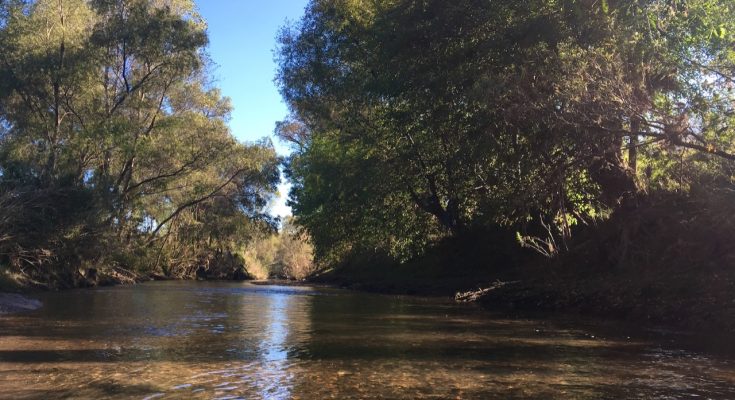By Don Patterson
PART 1: BIRDS OF A FEATHER
«Sometimes the best discoveries are the ones that raise more questions than provide answers,»
Jason Lewis, a paleoanthropologist at Stony Brook University and Rutgers University
I awoke to the sound of fighting finches on my terrace this morning. Depending upon the season, they basically argued about food and/or girls. As it was spring, “Well, you can imagine the fuss”. Part of my barely functioning mind felt comfort in their noise. Their morning squabbles assured me that, at least for that morning, things in the watershed were the same. The world had not changed as I slept.
I reached over and grabbed the channel changer and turned on the news. Nothing new there either. Most of the headline stories started, if not months ago, years ago.
Still, in this morning’s news: the youth of the Middle East were pledging allegiance to Allah and beheading all others, the Japanese were still pouring water contaminated by radiation into the pacific, the Chinese were turning islands into airbases and once again threatening Taiwan, the Russians having annexed Crimea were threatening Ukraine, the polar ice was melting, polar bears were swimming for their lives, rising oceans were threatening island communities and the gringo politicians were showing everyday their capacity to screw up a good thing – so much for no new good news. All the while, wondering why I am optimistic this morning.
Then, just as I turned off the TV and felt safe for another day, my world changed. From outside my bedroom window I heard an intrusive sound, the descending song of a single Canyon Wren.
The little wren, the first visitor of his kind I had seen at my house in thirty years, was sitting on one of the bamboo struts that supported the roof above the terrace. I could see and hear him clearly through my window beside my desk and computer.
The Canyon Wren was one of my favorite song birds. Canyon Wrens were plentiful along the foothills of the upper Rio Laja watershed but I had never seen one in San Miguel. He didn’t seem to have any urgency to leave. Instead he just sat there and continued to amaze me with his song.
Listening to his song, I remembered I had downloaded the Canyon Wren’s song track from the Cornell Lab of Ornithology website. I quickly turned on the computer thinking I could create some lovable dialogue. At the first note of my digitized wren the bird flew away. I speculated that the volume was too loud. The little wren must have imagined a giant two pound competitor.
The visit of the little bird, although momentarily thrilling, did provoke questions, “Was he lost? Was this to be the beginning of more visits? Was this the beginning of a migration?”
When I first migrated to Mexico from the United States in 1970, I crossed the western portion of 4 large watersheds. Back then I did not know that I had crossed them. There were no signs to identify them. The typical state, city and community signs were all the same – small white rectangular metal with black letters. Many of them, perforated by bullet holes, were illegible.
I never knew whether a city or a truck stop lay before me coming south down the narrow two lane highway 57. Even if there had been signs indicating a different watershed I would probably not have been able to tell the difference.
Although I had spent the greater portion of my youth, hunting, fishing, hiking and camping in watersheds throughout the west, I knew very little then about their structure and function. But I had taken a superficial notice of the semi-arid landscapes on either side of the highway for most of the journey.
I noticed the white flowering Yuccas, the huizaches, prickly pear and the creosote bushes with peyote cactus growing on the ground beneath them. I noticed the hawks, mocking birds, cactus wrens, coyotes, badgers, puma cubs and more.
A great deal of this flora and fauna, at one time or another, were being sold by the locals alongside portions of the highway. Later, and after many trips up and down highway 57, I learned that these watersheds were part of the Central Flyway for the migration of neo-tropical birds. But, back in 1970, it was the quantity of White Wing Doves in three of these watersheds that amazed me.
Photo by Arturo Morales.



